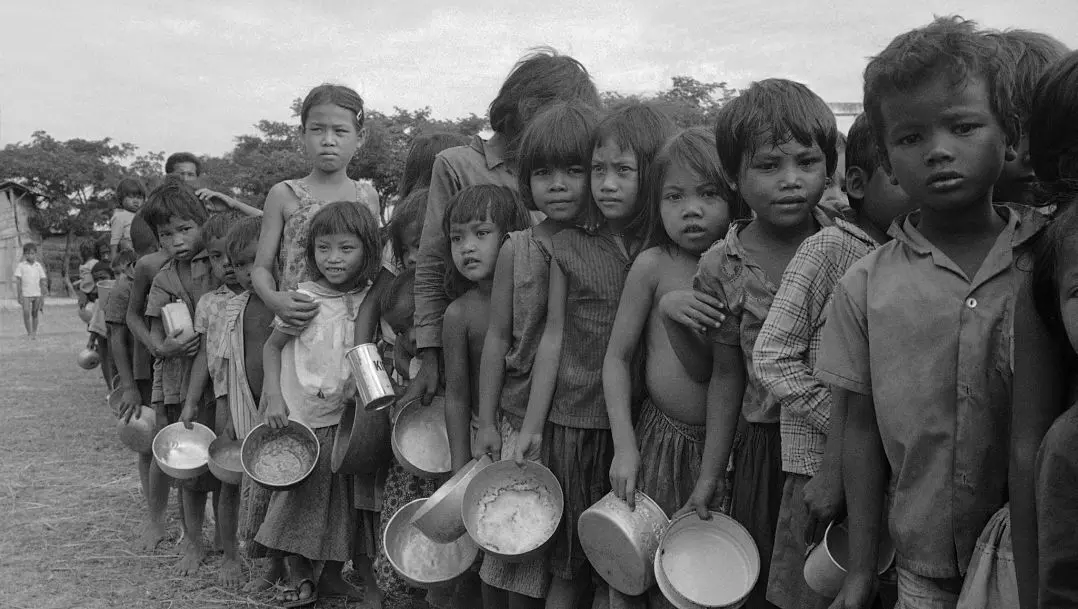- Home
- Medical news & Guidelines
- Anesthesiology
- Cardiology and CTVS
- Critical Care
- Dentistry
- Dermatology
- Diabetes and Endocrinology
- ENT
- Gastroenterology
- Medicine
- Nephrology
- Neurology
- Obstretics-Gynaecology
- Oncology
- Ophthalmology
- Orthopaedics
- Pediatrics-Neonatology
- Psychiatry
- Pulmonology
- Radiology
- Surgery
- Urology
- Laboratory Medicine
- Diet
- Nursing
- Paramedical
- Physiotherapy
- Health news
- Fact Check
- Bone Health Fact Check
- Brain Health Fact Check
- Cancer Related Fact Check
- Child Care Fact Check
- Dental and oral health fact check
- Diabetes and metabolic health fact check
- Diet and Nutrition Fact Check
- Eye and ENT Care Fact Check
- Fitness fact check
- Gut health fact check
- Heart health fact check
- Kidney health fact check
- Medical education fact check
- Men's health fact check
- Respiratory fact check
- Skin and hair care fact check
- Vaccine and Immunization fact check
- Women's health fact check
- AYUSH
- State News
- Andaman and Nicobar Islands
- Andhra Pradesh
- Arunachal Pradesh
- Assam
- Bihar
- Chandigarh
- Chattisgarh
- Dadra and Nagar Haveli
- Daman and Diu
- Delhi
- Goa
- Gujarat
- Haryana
- Himachal Pradesh
- Jammu & Kashmir
- Jharkhand
- Karnataka
- Kerala
- Ladakh
- Lakshadweep
- Madhya Pradesh
- Maharashtra
- Manipur
- Meghalaya
- Mizoram
- Nagaland
- Odisha
- Puducherry
- Punjab
- Rajasthan
- Sikkim
- Tamil Nadu
- Telangana
- Tripura
- Uttar Pradesh
- Uttrakhand
- West Bengal
- Medical Education
- Industry
Early exposure to famine tied to risk of rheumatoid arthritis in adulthood

According to recent research, it has been observed that individuals exposed to famine in utero or in early childhood (between ages 0 and 3 years) were more likely to develop rheumatoid arthritis (RA) in adulthood, as published in the Arthritis and Rheumatology Journal.
Severe malnutrition or childhood famine, particularly wasting, threatens the survival of an estimated 47 million children under 5 in low/middle-income countries. At present, efforts to address severe childhood malnutrition are focused on community-based management with ready-to-use therapeutic foods along with inpatient treatment of complicated cases to prevent short-term mortality. As these efforts reduce case-fatality rates and global child mortality declines, considering the long-term health consequences of severe malnutrition and effects of therapeutic foods is increasingly important.
Therefore, Hannah VanEvery and colleagues from the Pennsylvania State University, State College, USA carried out the present study to investigate whether early life exposure to the Great Chinese Famine of 1959−1961 is associated with the risk of RA development in adulthood.
This study included 101,510 participants who were enrolled. RA cases were confirmed by medical record review. Logistic regression was used to calculate the odds ratio (OR) and 95% confidence interval (95% CI) for RA according to famine exposure status (exposed in utero or between ages 0 and 3 years, between ages 3 and 6 years, or at age 6 years or older), in comparison to participants born after 1961 who were not exposed to famine.
The following results were observed-
- During 12 years of follow‐up, the authors identified 187 RA cases.
- Individuals exposed to famine in utero or between ages 0 and 3 years had a higher prevalence of RA relative to other groups (0.2−0.35% versus 0.08−0.20%).
- After adjustment for potential confounders, the OR for RA was 2.95 (95% CI 1.55−5.59) for individuals exposed in utero, 4.53 (95% CI 2.72−7.54) for those exposed between ages 0 and 3 years, 2.55 (95% CI 1.43−4.57) for those exposed between ages 3 and 6 years, and 2.72 (95% CI 1.70−4.36) for those exposed at age 6 years or older versus individuals born after 1961.
- Similar associations with the risk of RA were observed for men and women when subjects were stratified by sex (P for interaction = 0.89).
Hence, the authors concluded that "individuals exposed to famine in utero or in early childhood (between ages 0 and 3 years) were more likely to develop RA in adulthood, highlighting the importance of early life as a vulnerable developmental period."
Dr. Nandita Mohan is a practicing pediatric dentist with more than 5 years of clinical work experience. Along with this, she is equally interested in keeping herself up to date about the latest developments in the field of medicine and dentistry which is the driving force for her to be in association with Medical Dialogues. She also has her name attached with many publications; both national and international. She has pursued her BDS from Rajiv Gandhi University of Health Sciences, Bangalore and later went to enter her dream specialty (MDS) in the Department of Pedodontics and Preventive Dentistry from Pt. B.D. Sharma University of Health Sciences. Through all the years of experience, her core interest in learning something new has never stopped. She can be contacted at editorial@medicaldialogues.in. Contact no. 011-43720751
Dr Kamal Kant Kohli-MBBS, DTCD- a chest specialist with more than 30 years of practice and a flair for writing clinical articles, Dr Kamal Kant Kohli joined Medical Dialogues as a Chief Editor of Medical News. Besides writing articles, as an editor, he proofreads and verifies all the medical content published on Medical Dialogues including those coming from journals, studies,medical conferences,guidelines etc. Email: drkohli@medicaldialogues.in. Contact no. 011-43720751


